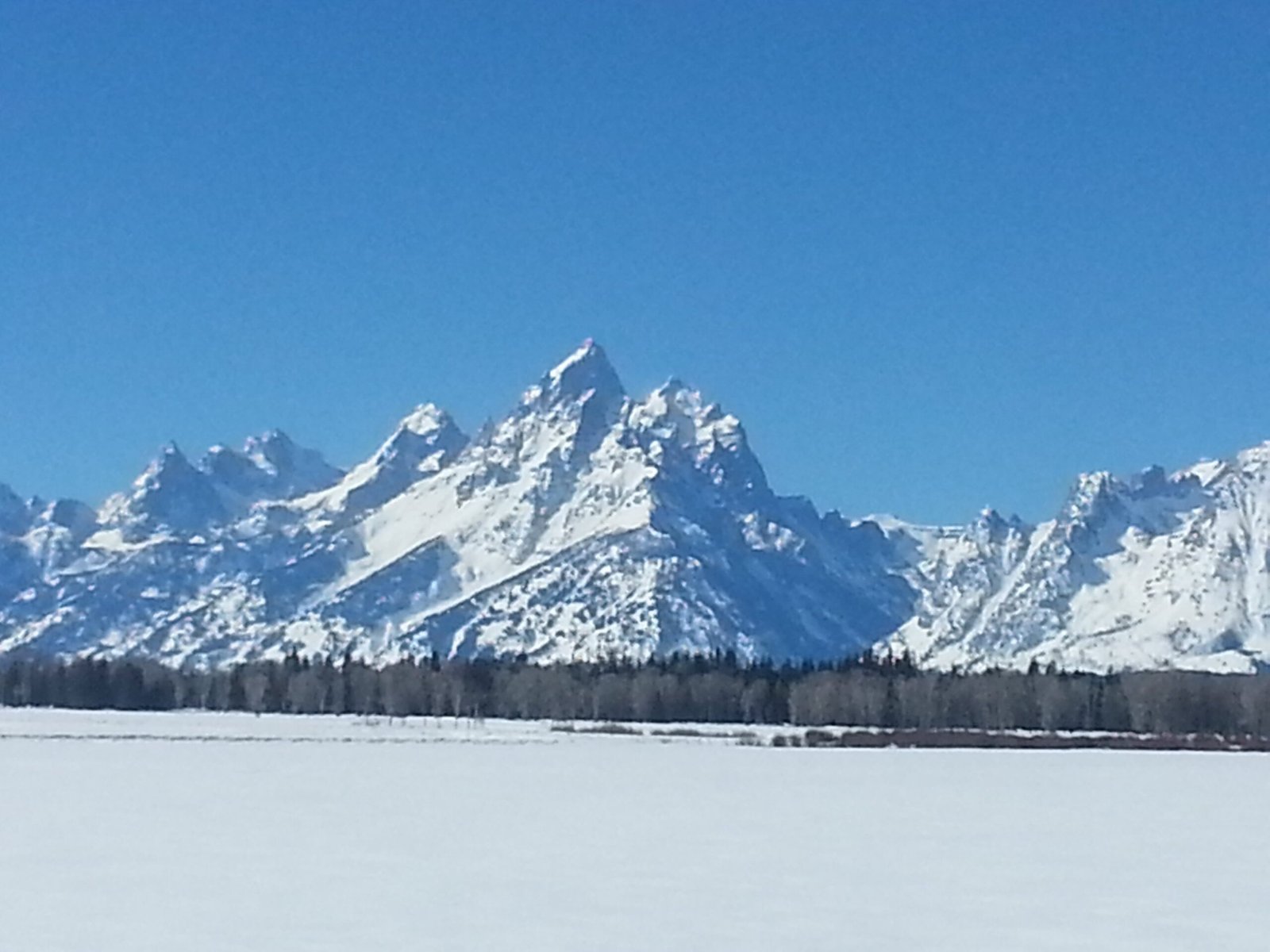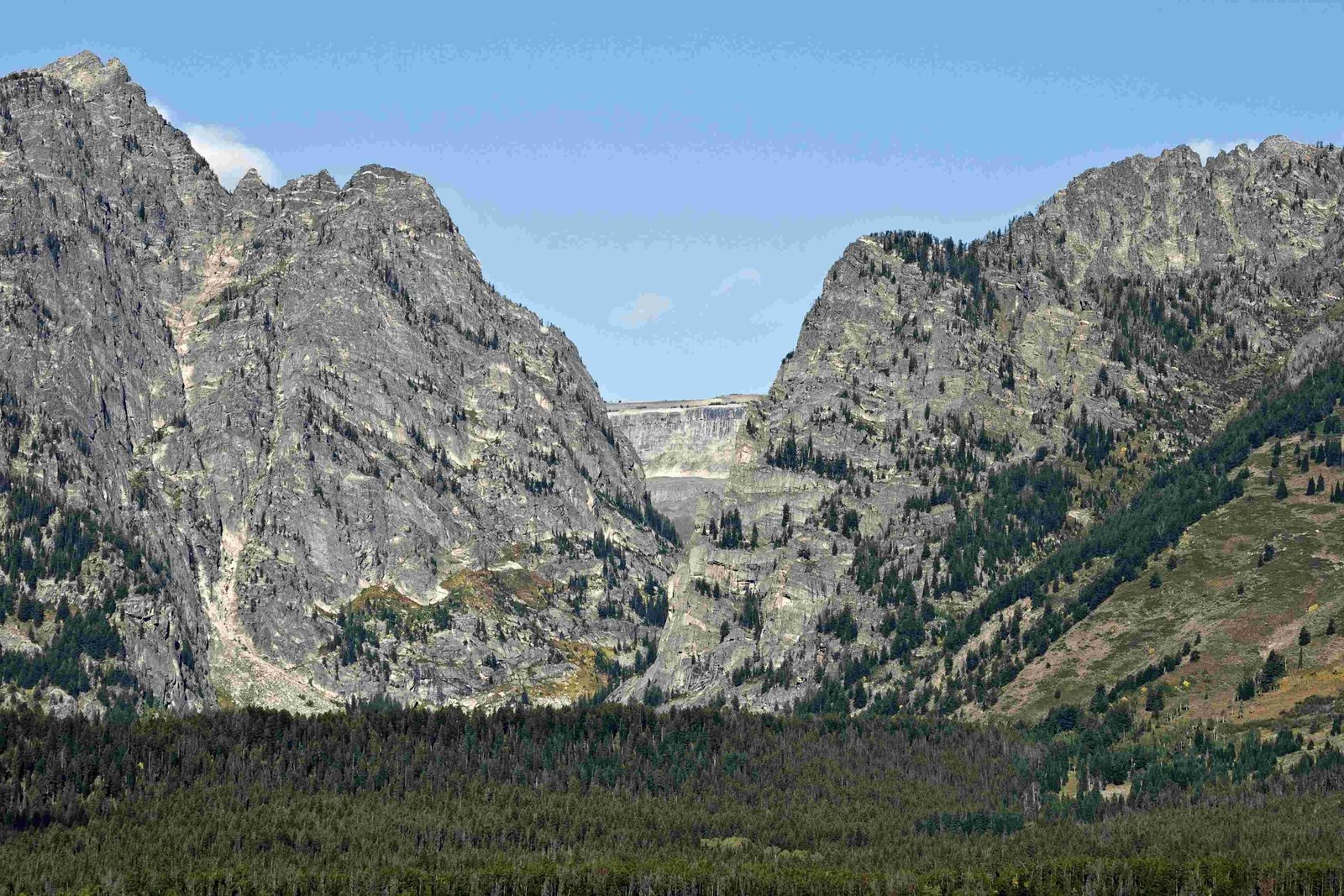Grand Teton National Park represents a stunning geological canvas where ancient rock formations, glacial processes, and tectonic movements have collaborated to create one of North America’s most breathtaking landscapes. The park’s landforms showcase a complex geological history spanning billions of years, featuring dramatic mountain peaks, U-shaped valleys, alpine lakes, and a unique fault-block mountain range that tells a remarkable story of Earth’s dynamic transformation.
What Makes the Teton Range Geologically Unique?

Rock Composition and Age
The Teton Range represents an extraordinary geological marvel with rocks dating back 2.5 to 4.0 billion years. Its core comprises:
- Archean Metamorphic Rocks
- Gneiss
- Amphibolites
- Ultramafic rocks
-
Metagabbro
-
Granite Formations
- Approximately 2.5 billion years old
- Formed through intense tectonic plate collisions
- Constitute the highest mountain peaks
How Did Tectonic Movements Shape the Landscape?
The Teton fault plays a critical role in the park’s geological evolution. Over the past 10 million years, this normal fault has:
| Geological Process | Impact |
|---|---|
| Mountain Uplift | Raised Teton Range peaks |
| Basin Subsidence | Created Jackson Hole valley |
| Topographic Relief | Generated dramatic elevation differences |
What Glacial Features Define Grand Teton’s Landscape?
Glaciation has been instrumental in sculpting Grand Teton’s remarkable terrain. Key glacial features include:
- Alpine Glaciers
- Remnants from the last ice age
- Located in high mountain valleys
-
Ended approximately 15,000 years ago
-
Glacial Landforms
- U-shaped valleys
- Morainal lakes
- Polished rock surfaces
- Sharp mountain peaks
How Do Alpine Lakes Contribute to the Park’s Landscape?
Grand Teton National Park hosts over 100 alpine and backcountry lakes, each contributing to the region’s ecological and geological diversity:
- Notable Lakes
- Jackson Lake
- Jenny Lake
- String Lake
- Leigh Lake
- Taggart Lake
What Sedimentary Characteristics Define Jackson Hole?
Jackson Hole, the basin adjacent to the Teton Range, features unique sedimentary characteristics:
- Cenozoic deposits
- Limestone layers
- Clay sediments
- Volcanic ash deposits
- Westward-tilting basin floor
How Do Geological Processes Continue to Shape the Landscape?
Ongoing geological processes continue to transform Grand Teton’s landscape:
- Tectonic plate movements
- Erosional activities
- Glacial retreat
- River system dynamics
- Climate change impacts
Conclusion

Grand Teton National Park’s landforms represent a living geological museum, showcasing billions of years of Earth’s transformative processes. From ancient rock formations to glacial valleys and alpine lakes, the park offers an unparalleled glimpse into the planet’s dynamic geological history.

